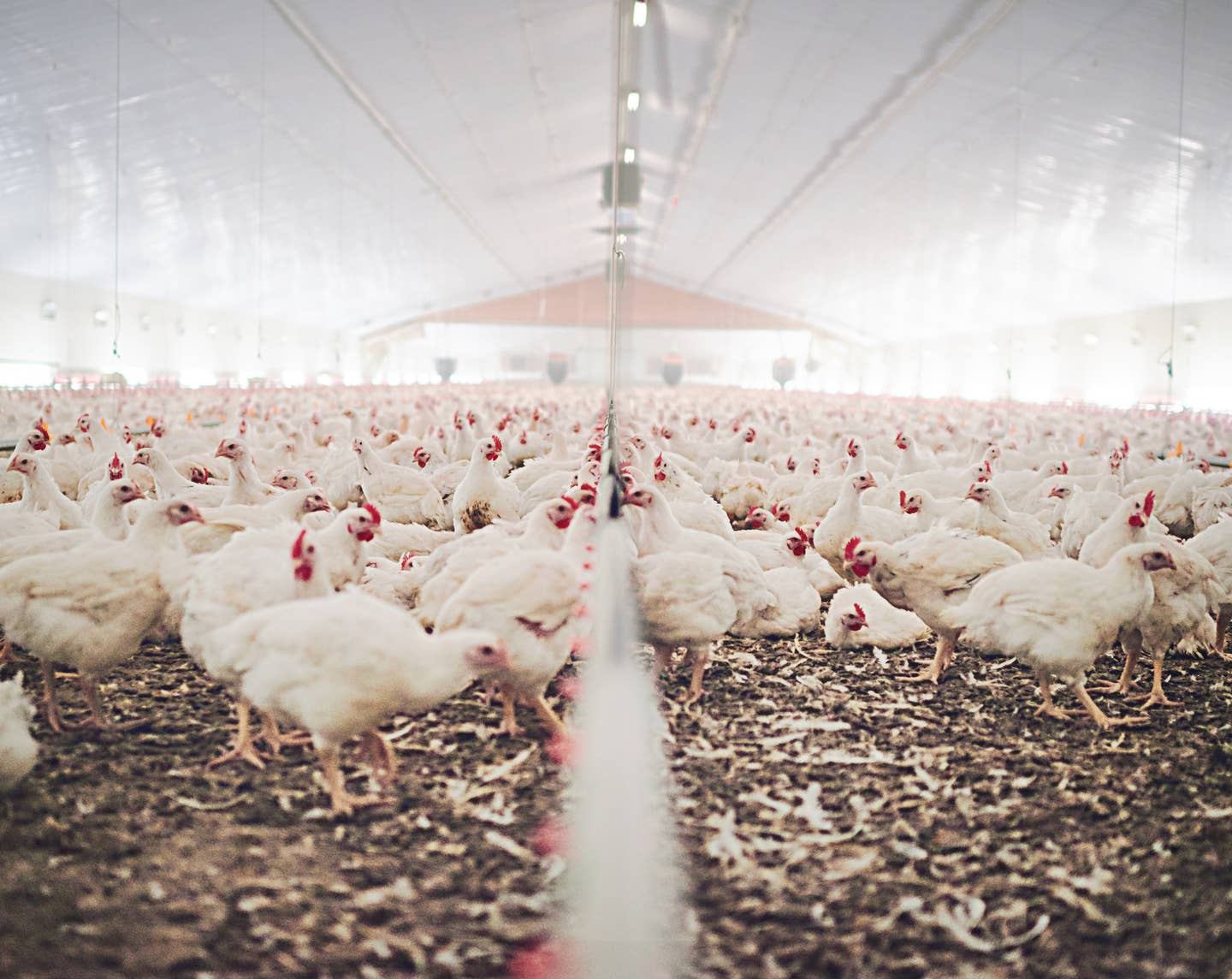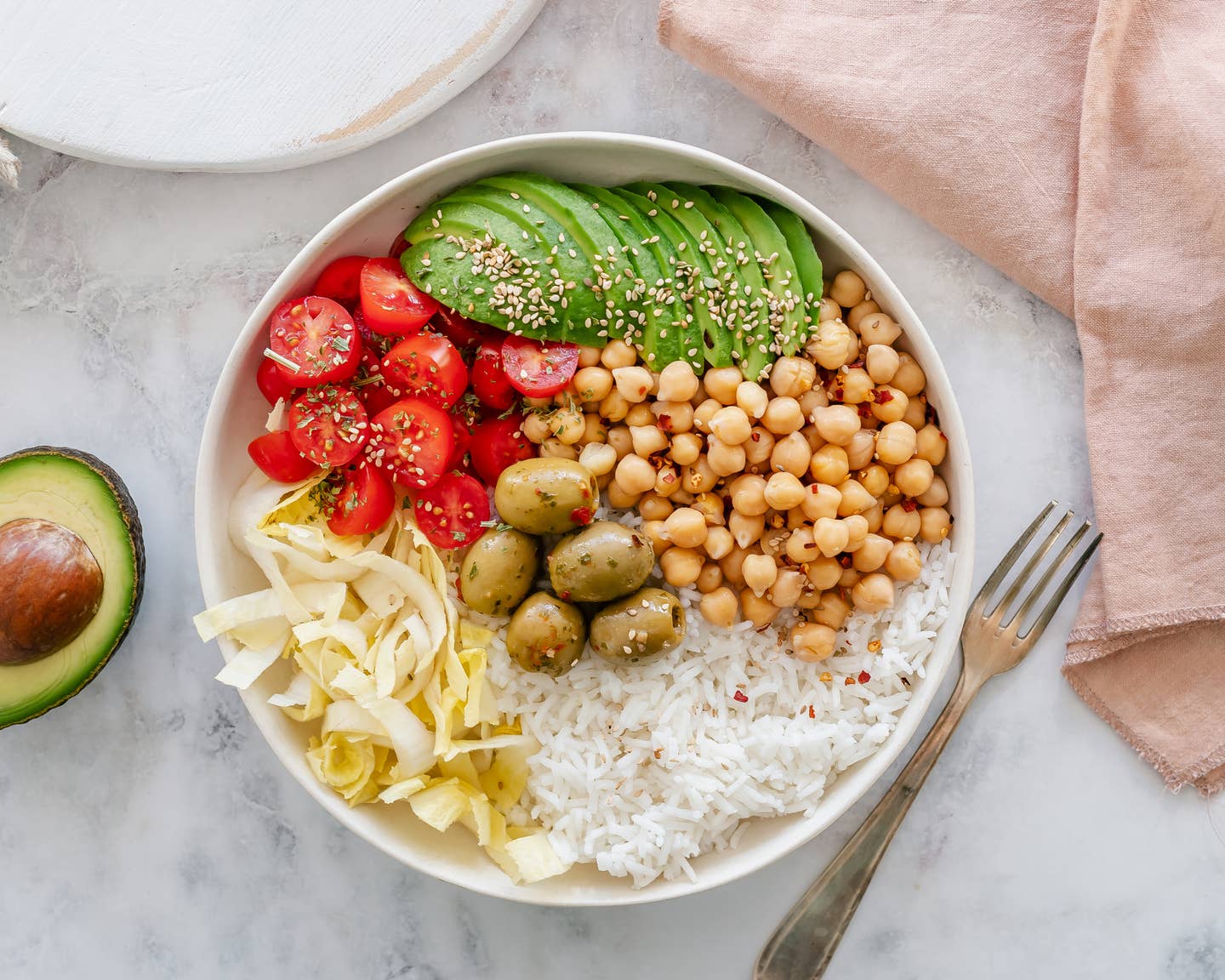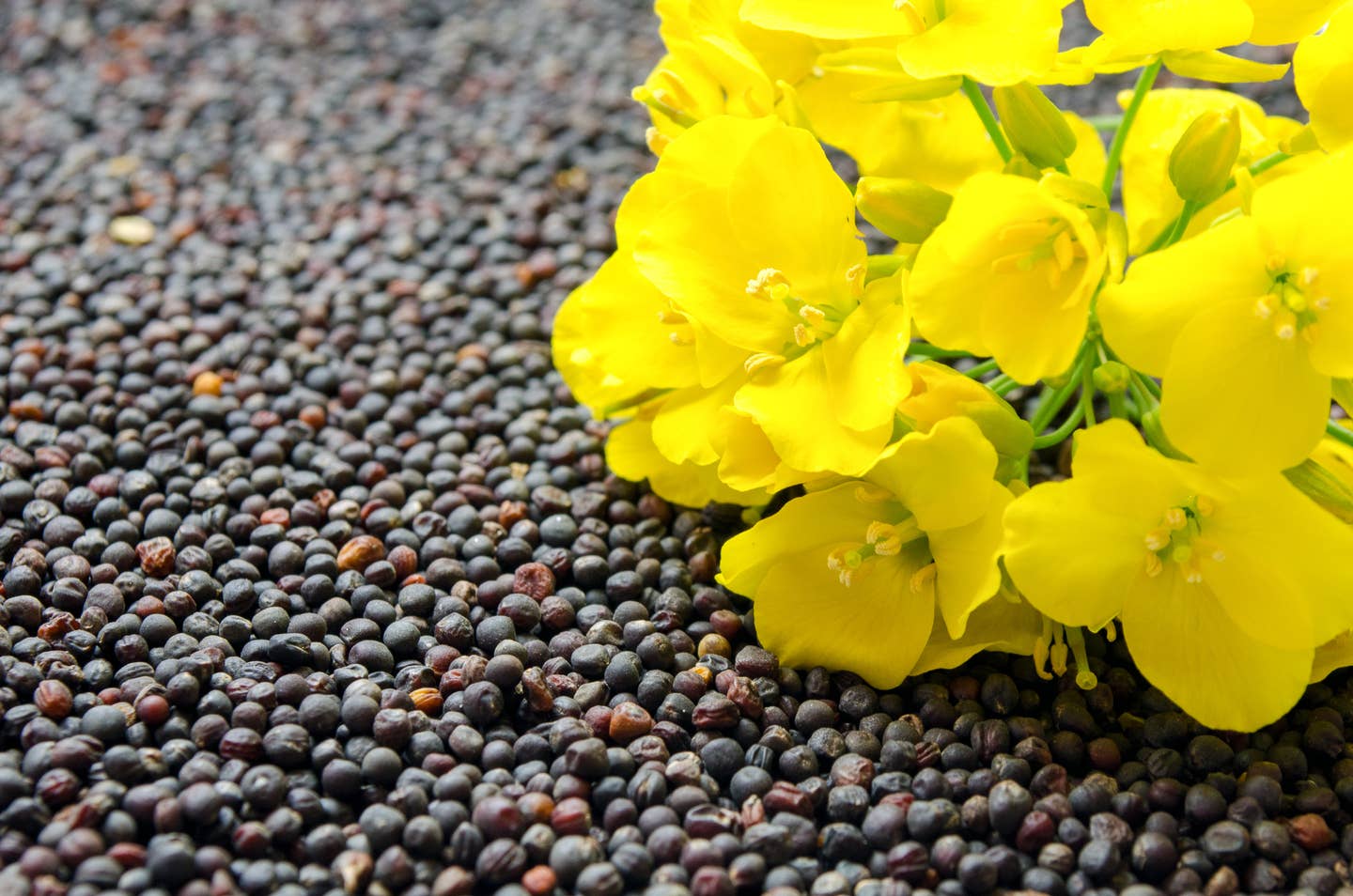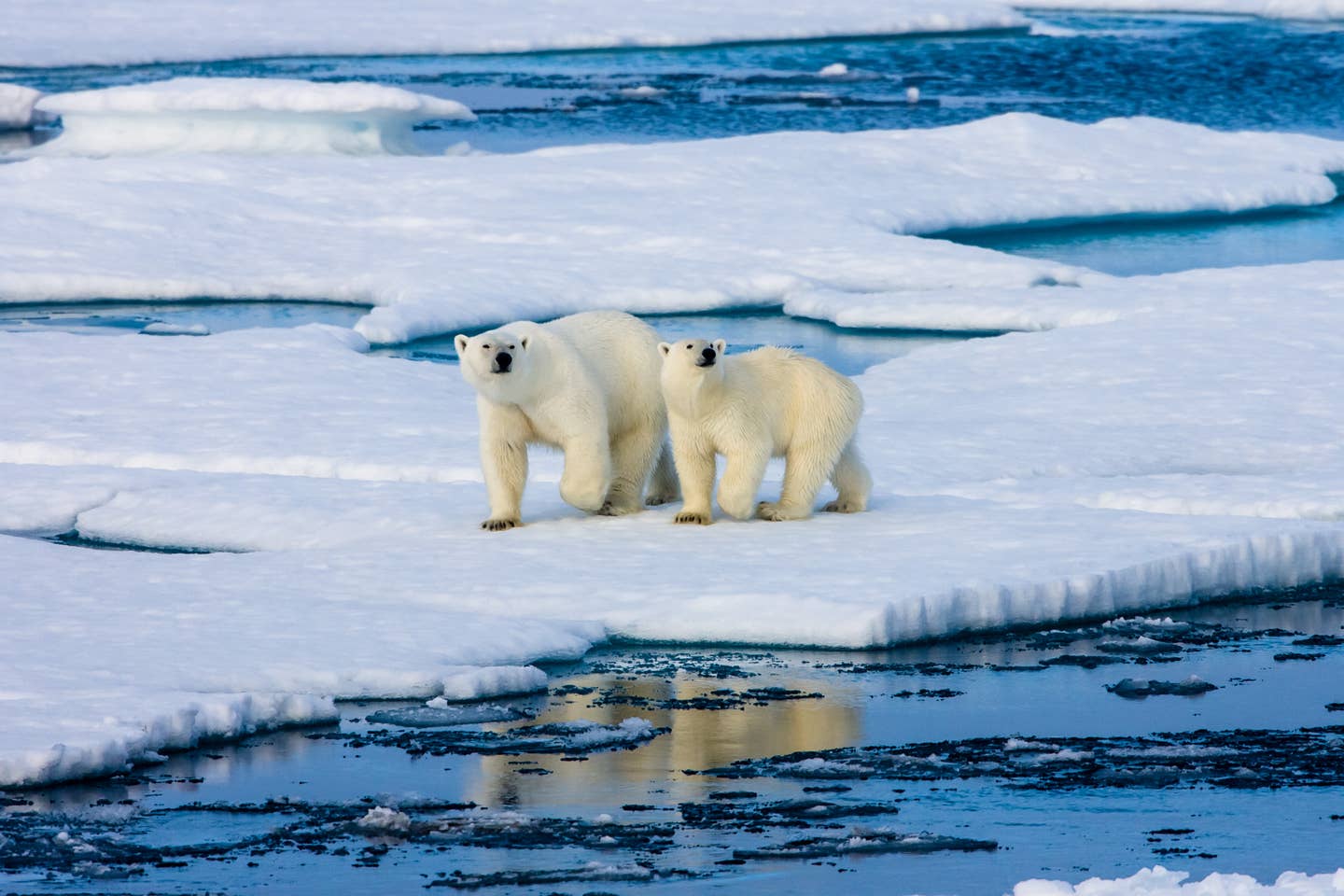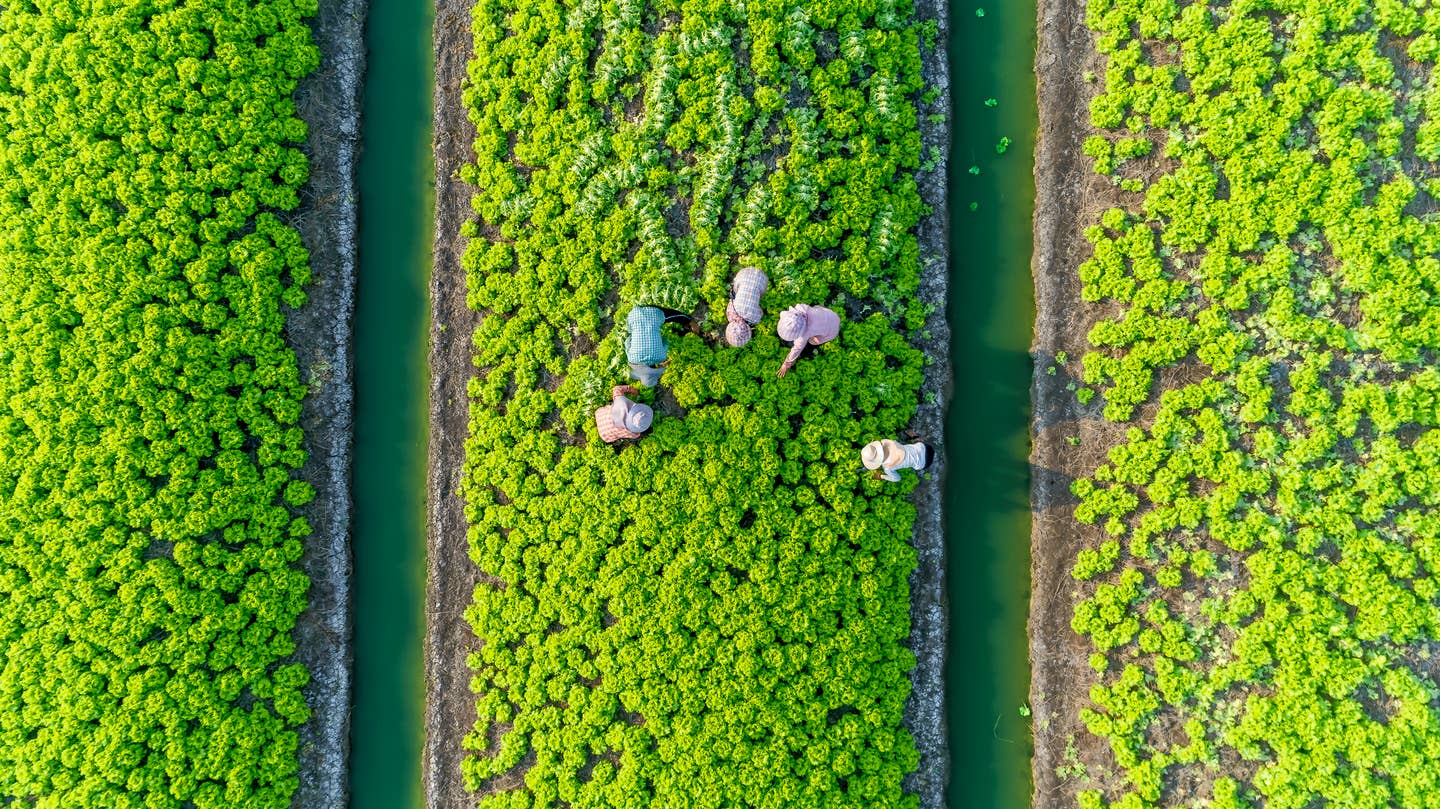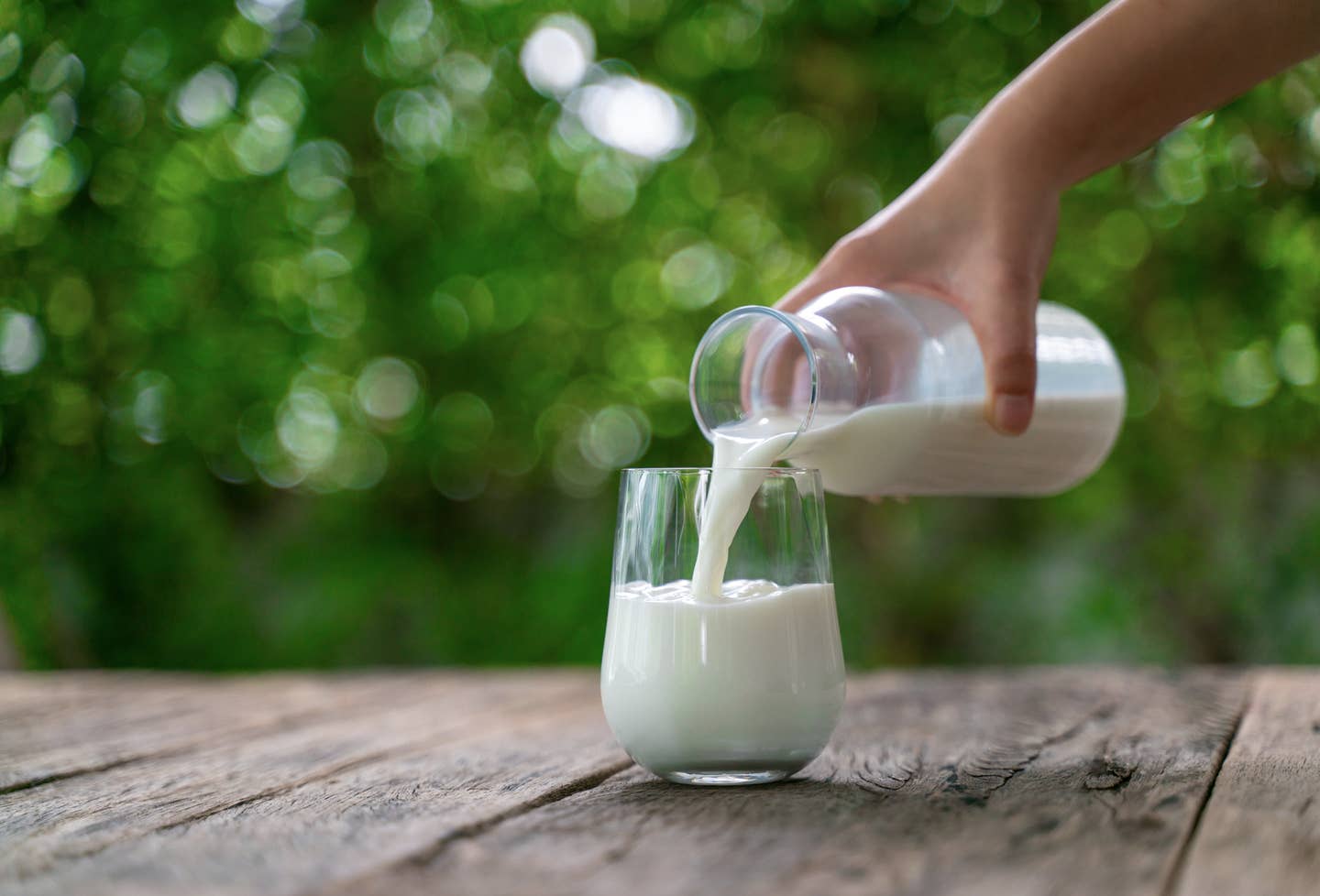
You’ve Ditched Dairy. But Which Plant-Based Milk is Best for the Environment?
When it comes to the environment, we all want to choose foods that do the least damage to our climate. One thing that is clear: Any dairy-free plant-based milk is better than cow's milk for the environment, since the amount of water, grain and land, machinery, and greenhouse gas emissions involved in raising cows is one of the highest contributors to global warming, according to scientific research.
In a recent survey, 48 percent of consumers are choosing to eat more plant-based for the sake of the planet, as well as our human health. So which dairy-free milk is best, or worst, when it comes to how much harmful greenhouse gases are emitted, or land and water used?
But which milk is best for the environment? It depends on what measure you care most about: Water, land use, greenhouse gas emissions or all the climate-change factors combined. Read on to see how your favorite milk stacks up as an environment hero or zero.
As for dairy, we know it's the worst for the environment. for one thing, cows belch and pass gas, adding methane to our atmosphere, and methane gas is at the highest level it's ever been in human history, according to a recent National Oceanic and Atmospheric Administration (NOAA) report.)
Any plant-based milk is better than cow's milk, even almond milk (since almond trees are thirsty plants), according to a study from the University of Oxford. A single glass of dairy milk results in almost three times as much greenhouse gas emissions and nine times more land use than the equivalent glass of plant-based milk.
So which plant-based milk is best? That depends on what you are trying to achieve: Lower water use, less land use, lower CO2 emissions, or other considerations. The milk with the lowest greenhouse gas emissions overall is almond milk because it requires almond trees which pull CO₂ out of the atmosphere as they grow – as do all plants and trees. But almond trees are extremely thirsty and use copious amounts of water to produce all those little almonds. Good old-fashioned soy milk uses the least water with only slightly higher emissions. So you could argue that soy, which has been a hero all along, is the winner.
Each plant-based milk has a unique environmental impact to consider. Here's the low-down on your favorite cereal partner, milk or smoothie enhancer, or straight-up sip.
The Best and Worst Plant-Based Milk for the Environment
Almond Milk
Almond Milk has one of the lowest greenhouse gas emissions and uses less land than dairy milk but almond milk is known for its high water usage. Almond milk requires more water than any of the other dairy alternatives: It takes 130 pints of water to produce a single glass of almond milk.
About 80 percent of the almonds used for milk in the US are grown in California, but in the hot climate, the water consumption of the almonds creates a lot of stress on the dry, arid land, especially during heatwaves and fires that are persistently devastating California.
What do bees have to do with it? They have to pollinate all those almond trees! As the almond industry grows, so does the bees' workload. Nearly 70 percent of commercial bees in the US are drafted every spring to pollinate almonds. Last year, it's estimated that one-third of the bees died from the pressures of this imbalance of growth.
If you are curious as to which milk is healthier for you, almond milk or oat milk, you may want to consider the additives on the label, since both use oils and other additional compounds to provide a smooth milk-like texture.
Coconut Milk
Coconut sounds like a vacation drink: It looks like something a caveman (or woman) would have loved. Hearty, romantic, with a beautiful tree to call home! But the story is nothing short of sweatshop conditions, in countries with poor populations where pickers get paid less than a dollar a day.
There is now so much pressure to meet global demand for coconuts, farmers take shortcuts and even force monkeys into cruel labor practices, according to a PETA report that shows how the animals are chained to posts and forced to scale trees to shake loose the coconuts (an animal abuse story that has garnered international attention). “The coconut [trade] is an absolute tragedy and it makes me really sad,” says Isaac Emery, a food sustainability consultant. Cooking with coconut oil may be a luxury, but people endured difficult conditions to bring it to store shelves.
Meanwhile, in order to grow coconut trees, the rainforest is being cut down in favor of these rows and rows of trees, which offer little to the biodiversity of the planet. According to an investigation by The New York Times, between 2007 to 2014 rainforests in Indonesia were clearcut at the rate of three acres per minute to make way for coconut palm trees. To avoid supporting unsustainable practices, choose coconut products that are certified Fair Trade.
Rice Milk
Rice milk is known to be a cheap alternative to its nut milk cousins. But it comes with a tradeoff since rice offers little in the way of nutrition or environmental benefits, compared with other vegan milk. Rice soaks up water, and it also produces more greenhouse gas emissions than any other plant milk, the Oxford study found. Plus, the swampy paddies also release methane into the air, and allow bacteria to grow and then get released into the atmosphere. Rice is one of the worst polluters when it comes to water.
Hazelnut Milk
The harmless hazelnut, a chocolate lovers' dream, is coming on strong. Like all nuts, hazelnuts grow on trees, and all trees—all plants, in fact—use the energy of sunlight. They take carbon dioxide from the air and water from the ground and they release oxygen back into the atmosphere (photosynthesis!). So, hazelnuts are environmentally superior to almonds since they get pollinated by wind rather than bees. Hazelnuts come from moist environments, like the Pacific Northwest, where water is more plentiful than in arid California.
Hemp Milk and Flax Milk
Hemp and flax haven't enjoyed the star turn of oat and almond, but they deserve more credit than they're given for needing little water, creating major protein-packed milk and a high fiber count. They're considered “niche crops” since they are grown in relatively small numbers. Seeds, in general, take less to grow than nuts and deliver healthy fats, minerals, and nutrients ounce per ounce.
Soy Milk
Soy wins for sustainability and also its protein content. And after being misunderstood as a plant-based phytoestrogen that women avoided because they worried it could promote the risk of breast cancer, the latest studies show the reverse is true: That soy appears to have some protective value when eaten in moderation. Recent studies have instead found that a moderate amount of soy is healthy, and actually may keep hormones in check.
The primary environmental drawback to soy milk is that soybeans are grown in massive quantities around the world to feed livestock for meat and dairy production. Large swaths of rainforest in the Amazon have been burned to make way for soy farms. The workaround for this is to simply do a little research and read the carton to find soy milk that is made from organic soybeans grown in the US or Canada.
Oat Milk
When the latest Swedish invasion came to the states several years ago, in the form of Oatly, no one could have anticipated the love affair that was about to ensue. Oat milk is not only high in protein but tastes like the real thing. And growing oats is — at least as of now —r elatively low-impact on the environment. Oats are healthy for you and the environment. And known as a low-input crop, which, when grown in rotation, oats create crop diversity and reduce soil erosion and help lower the risk of plant diseases. The mighty oat is actually a hero grain.
As sales of oat milk in the US have grown from $4.4 million in 2017 to $29 million in 2019, placing it first ahead of almond milk as the fastest-growing non-dairy milk, oats could one day become more of a commodity. But for now, there are enough oats to keep us on Oatly for years to come.
Roundup Alert: Oats are usually grown in mass-produced industrial aggri-operations, where farmers spray them with the Monstanto glyphosate-based herbicide Roundup before harvesting. Roundup, as you are probably aware, has been linked to cancer in some high-profile cases where jurors awarded huge sums to plaintiffs. Still, farmers know the famous cases, each litigated in the public eye, but they continue to use the chemical for its effectiveness. Bayer, which bought Monsanto in 2018 is contesting that the active ingredient of Roundup — glyphosate — does not cause cancer in humans.
So how much of this glyphosate really is in that bowl of oatmeal or your oat milk latte? A recent study by the Environmental Working Group tested for glyphosate and found that it was in all the foods it tested containing conventionally grown oats—and even in one-third of products made with organic oats. However, the popular Oatly brand oat milk company maintains that its oats are certified glyphosate-free.
Pistachio Milk
A latecomer to the party, pistachio milk is enjoying a moment in the spotlight. That's because the rich little nuts make a convincing milk-like pour that is a great addition to your coffee, and froths up like real cream when making a latte. We tried Tache, and Elmhurst also makes pistachio milk.
As for health, pistachios are popular not only because they are packed with protein and fiber, (6 grams of protein and 3 grams of fiber per ounce), but they contain micronutrients and must-have essential vitamins and minerals that include Calcium and zinc, which make this nut milk well worth the 92 calories in a cup.
If you are choosing your non-dairy milk simply based on which plant-based milk is best for the environment, you need to know that pistachios require half as much water to grow as almonds, and are on a par with oats as environmentally friendly crops.
Pea Milk
Pea protein milk uses less water than other milk alternatives and generates lower greenhouse gas emissions than most non-dairy milks do. One reason: Peas require 85 percent less water to grow than almonds and they can utilize nitrogen in the air and make plant cells, which means they require less fertilizer than other types of plants, and fertilizer has a large carbon footprint. The founder of Ripple Pea Milk, Adam Lowry, said recently: “Peas are much better [than alternatives] on a water and carbon basis.”
Pea milk may be one of the most sustainable options for your non-dairy milk choices, due to its low water requirements and the fact that it needs less fertilizer than any other option.
Cashew Milk
Cashew Milk is most comparable to almond milk in both taste and consistency but with one main difference: Cashew milk uses a lot less water to produce than almond milk does. But cashews are hardly light on H2O: they require more water to produce than seeds and legumes. All in all, cashew milk is considered a sustainable choice since it uses minimal land to grow the plants, especially compared to other plant-based milks. The downfall of cashews is the cruel treatment of cashew pickers. Because 60 percent of cashews are grown in India and there are known human rights issues surrounding the production of cashews, some people boycott cashews due to the harsh conditions for workers, including the use of labor camps in some areas where cashews are grown and processed for milk.
Macadamia Milk
Macadamia Milk requires significantly less water to grow and produce than almond milk or dairy milk. However, the areas where macadamia nuts are commonly grown have been coping with severe water shortages and other climate-related crises, such as Australia, Hawaii and other tropical regions. Macadamia nuts are considered to be moderately sustainable due to having lower environmental damage to air, water, land, soil, and forests, as long as pesticides have not been used. Try to buy organic and non-GMO Macadamia Milk if you can!
Sesame Milk
One of the newest plant milk on the market is sesame milk, which you may not have heard of, but if you're buying for sustainability, is a great choice. Made from sesame seeds, this dairy-free milk alternative may be the most planet-friendly non-dairy milk on the market.
Hope and Sesame, one of the few sesame milk brands now on the market, boasts that their alternative milk uses 95 percent less water than almond milk and requires 75 percent less water to produce than oat milk. Sesame plants, native to Africa and India, are drought-tolerant, as well as being self-pollinating, naturally pest-resistant, and resilient. That means they don't require pesticides and herbicides to thrive.
Sesame milk requires just 12 liters of water to produce one liter of milk, in comparison to soy, which requires 28 liters of water for one liter of soymilk' oat, which needs 28 liters for each liter of oat milk, and almond milk, which uses a hefty 371 liters of water per liter of almond milk., All are better than cow's milk, which uses approximately 628 liters of water to produce one liter of cow's milk
How to choose the most sustainable plant-based milk
- Check out the taste tests and health grades for each type of non-dairy milk and choose the one that is right for you. We rate each milk on a ten-point scale for health and a ten-point scale for taste and publish the winners on The Beet Meter.
- You can also find dairy-free sustainable brands that contain no added oils and also stay away from additives like carrageenan, which are sometimes included in your favorite plant-based milk. Here's how to find the healthiest plant-based milk for you that contains no additional sweeteners or unwanted ingredients, from an expert.
- To make your own homemade oat milk follow this easy video tutorial. Or, to make homemade almond milk, simply take a tablespoon of almond butter from your fridge and add cold water to your blender, and blend (pulse it for two minutes, max). Remember, making your own plant-based milk at home is the most sustainable choice there is when it comes to choosing milk that's best for the planet. No trucking or industrial production is involved, other than your own blender in your own kitchen.
Bottom Line: Plant-based milk is more environmentally sustainable than cow's milk.
But each plant-based milk has its positives and negatives. Out of these three pea milk is the most environmentally sustainable milk since it is essentially equal to oat milk in its environmental impact. Both cashew milk and macadamia milk are significantly better than dairy milk and use less water than almond milk, but choose organic versions where pesticides are not used. Sesame milk is another environmentally-friendly choice since it uses less water.
So what are you ordering in your coffee?
Whether it’s pistachio, oat, almond, soy, or another choice, simply drink the plant milk that you like best since they are all better for the planet and animals than real dairy. For the best dairy-free creamers to add to your coffee, check out our taste test, and add your own rating to the Beet Meter for the creamer you like the best. As for the environment, as long as you're staying away from cow's milk, you're ahead of the game.
Looking to cut back on dairy? Check out The Best Non-Dairy Milks.
More From The Beet
